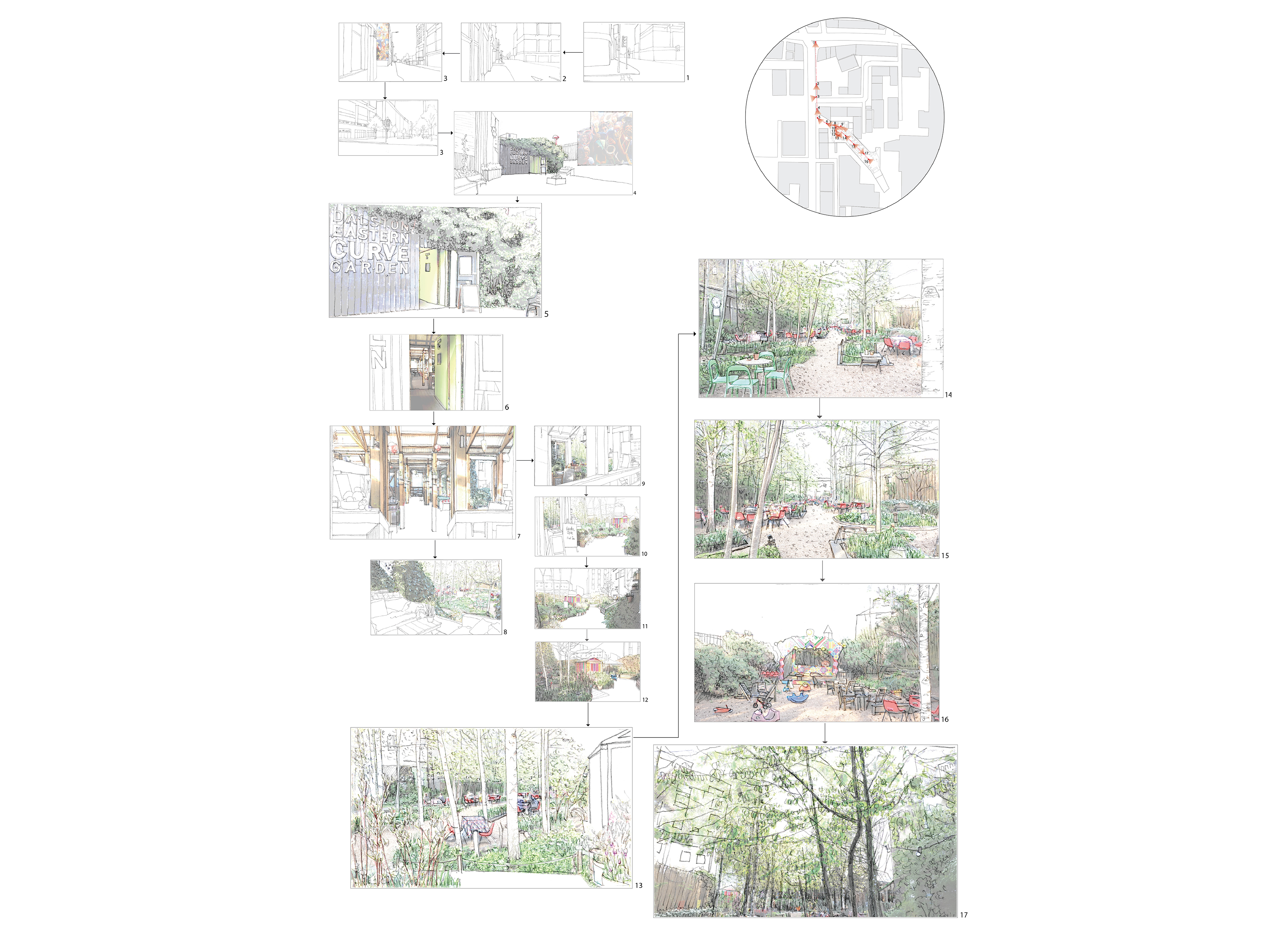landscape architecture criticism in the anthropocene
The Journal of Landscape Architecture publishes international research into landscape architecture theory and practice including design, visual and artistic practices. The last issue of 2022 had its focus on the Anthropocene, the current era in the Earth’s geological history marked by human activities with far-reaching and irreversible effects on the planet’s climate systems. The Anthropocene is an epoch with which the profession of landscape architecture has collided.The growth of capitalism and the accelerated development of its spatial patterns of production and consumption, the fundamental markers of the Anthropocene, serve as the backdrop for the discipline’s emergence and evolution. In an age so profoundly reshaped by the dominant forces of the Anthropocene, what role can landscape architecture play? In the face of the Anthropocene, everyday landscapes are becoming ever more important.
augmenting socioecological dynamics
Leftover spaces are urban interstices that are open to spontaneous socioecological appropriation, complementary to defined and managed urban open spaces. The design intervention of leftover spaces poses a paradox: while repurposing leftover spaces to make them accessible, usable and meaningful, design simultaneously runs a risk of closing off opportunities for appropriation. This paper examines the role of landscape architecture design in transforming leftover spaces. Four analytical lenses: the morphological, material, ecological and social lenses, were developed to examine the Dalston Curve Garden. Two essential design lessons for engaging the interstitial condition of leftover spaces were concluded: to design with multiple site qualities and to nurture local stewardship. The study further highlights the role of spatio-physical design as ‘founding’: to establish the beginning of a place-bound transformation without fixing the endpoint and to allow a profound connection between people and place to emerge.
In Journal of Landscape Architecture 17 3 2022. pp. 32-45. In collaboration with Sitong Luo. DOI 10.1080/18626033.2022.2195227
